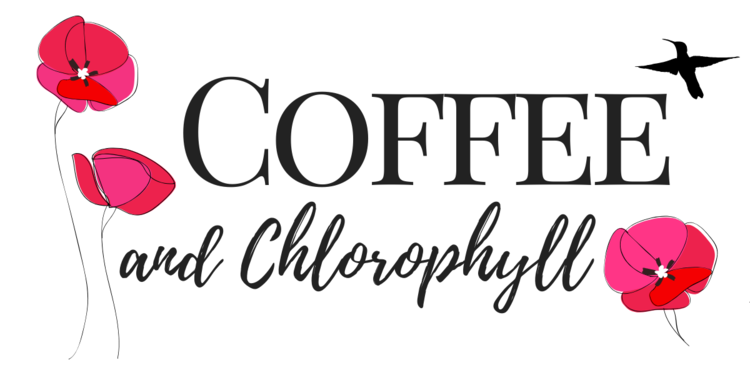In the midst of all the madness around this coronavirus pandemic, I have learned how truly solitary my life is. People are freaking out about social distancing on social media, but Hunter & I live so remotely, we are already socially distant as a byproduct of our lifestyle. Aside from bi-monthly trips to the grocery store, or gas station fill-ups, we mostly live our lives in the outdoors, exploring nearby wild places, watching wildlife, and gardening. I haven’t always lived in rural parts, either; I used to live in the suburbs of central California. When I reflect on my time there, however, I also kept to myself. Aside from work, I made regular trips to the grocery store, and occasional trips to the local garden centers, and the rest of the time, I was in my garden.
This has been largely easy for me, as I am an introvert, through-and-through. But I think more important than my propensity for self-reliance and introspection, are my hobbies. I have hobbies that I am passionate about, that keep me going. And when we submerge ourselves in an activity that we enjoy, we find an inner peace—no external company required.
We may be alone, but lonely we are not!
So, while you are staying home and practicing social distancing during this whole COVID-19 thing, take up a hobby.
Read books you never thought you would read.
Bake delicious things you would normally buy.
Go bird-watching, even if just in your own backyard.
Learn to quilt or crochet, and make something.
Tackle a project around your house.
Or better than all of the above, Stay Home & Garden!
Now is the perfect time for you to start a garden, if you don’t already have one—Start a victory garden! Or if you already have a long-forgotten-about garden, immerse yourself in revamping it and bringing it back to life! Or, if you are already an avid gardener, use coronavirus as an excuse to get lost in your garden for hours on end. No need to leave the house, except for plants, seeds, and perhaps more soil! I have found many of the online seed sellers are running low on inventory and lagging behind on shipping times, but just a head’s up—my Home Depot and Wal-Mart have been fully stocked!
So while you are self-quarantined at home, dreaming and scheming up this year’s garden, I thought I would share my April Garden Calendar with you. Here are some of the garden chores and garden projects that we are tackling up here in Wyoming this April.

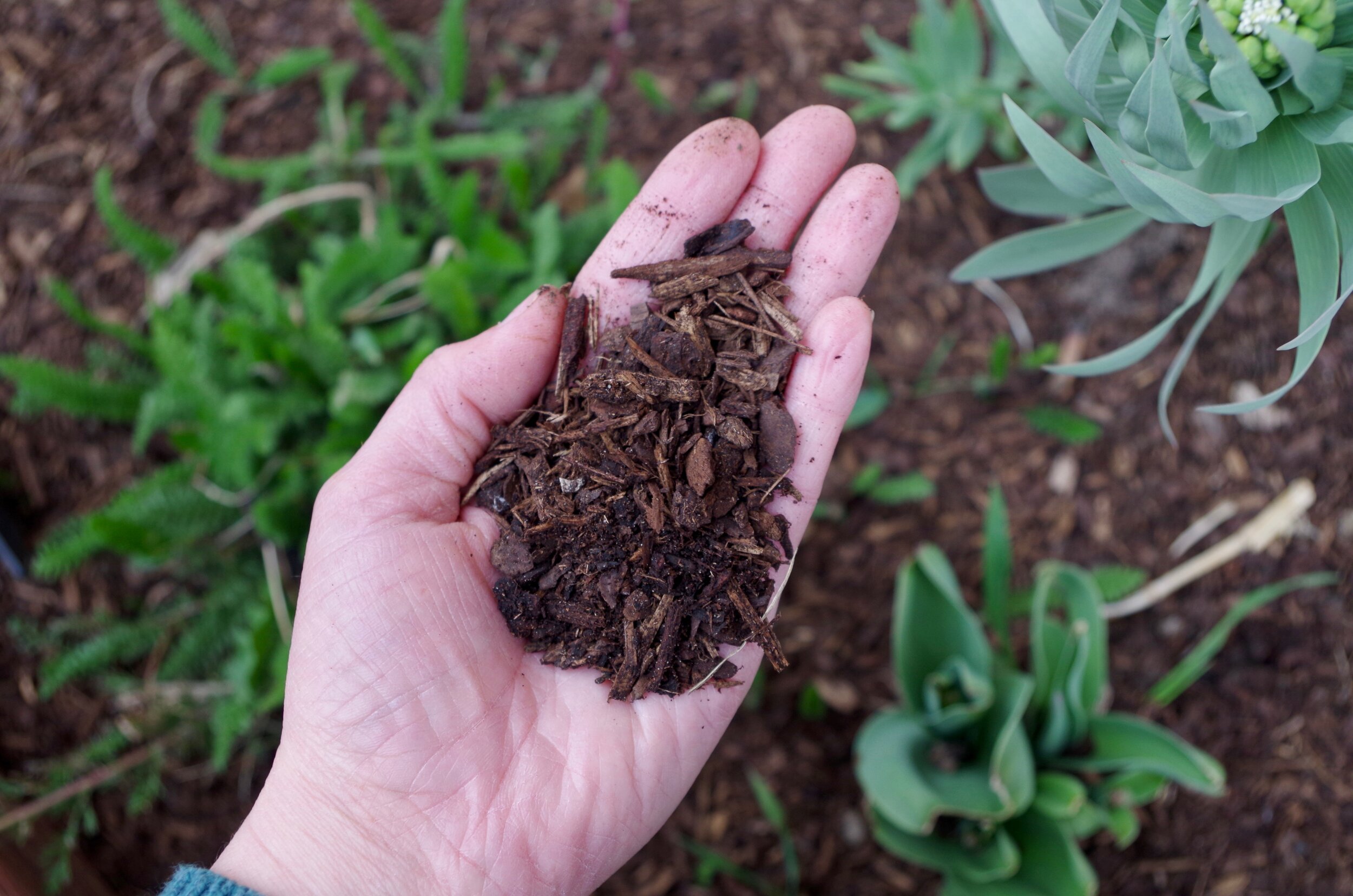

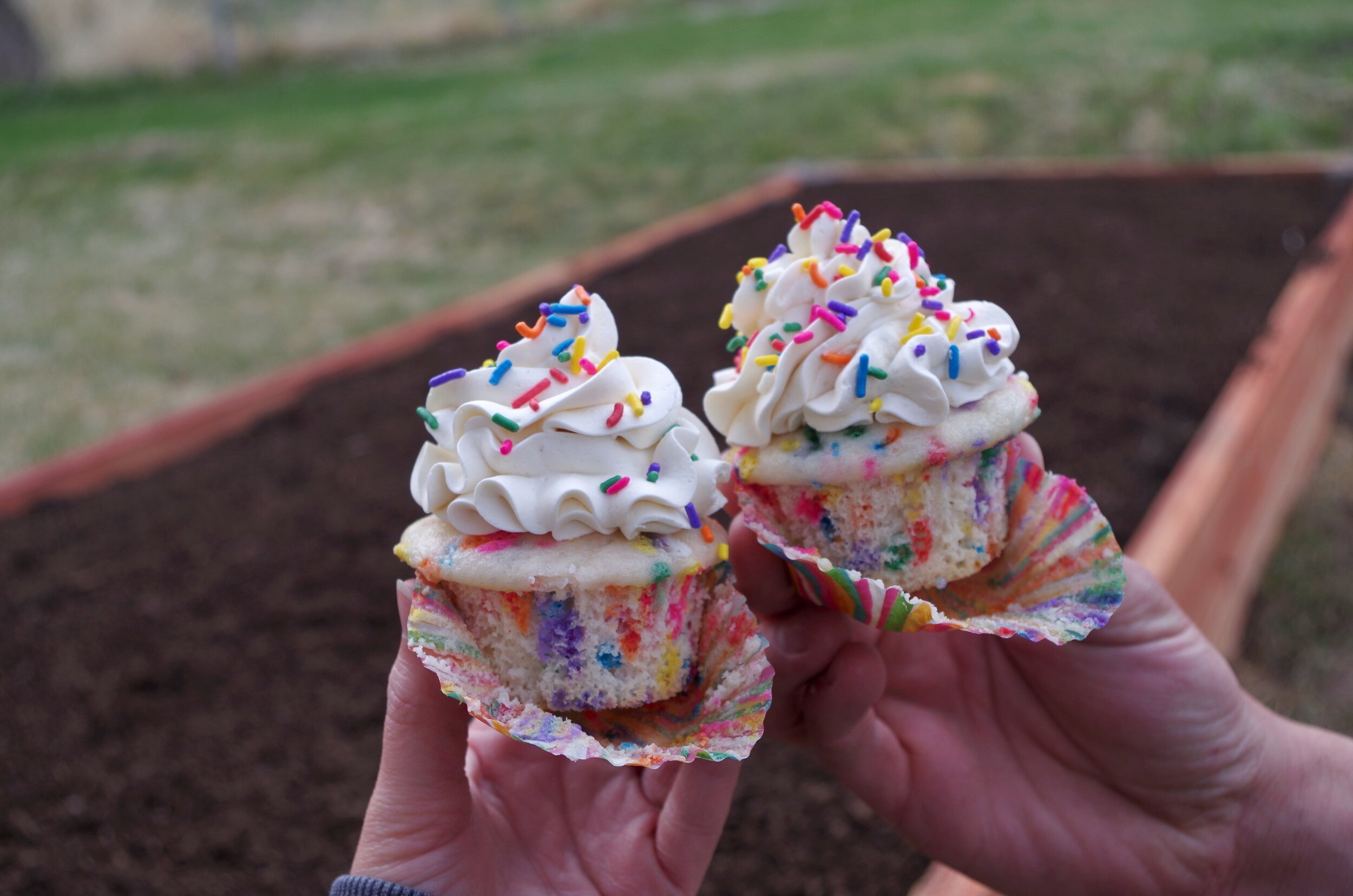
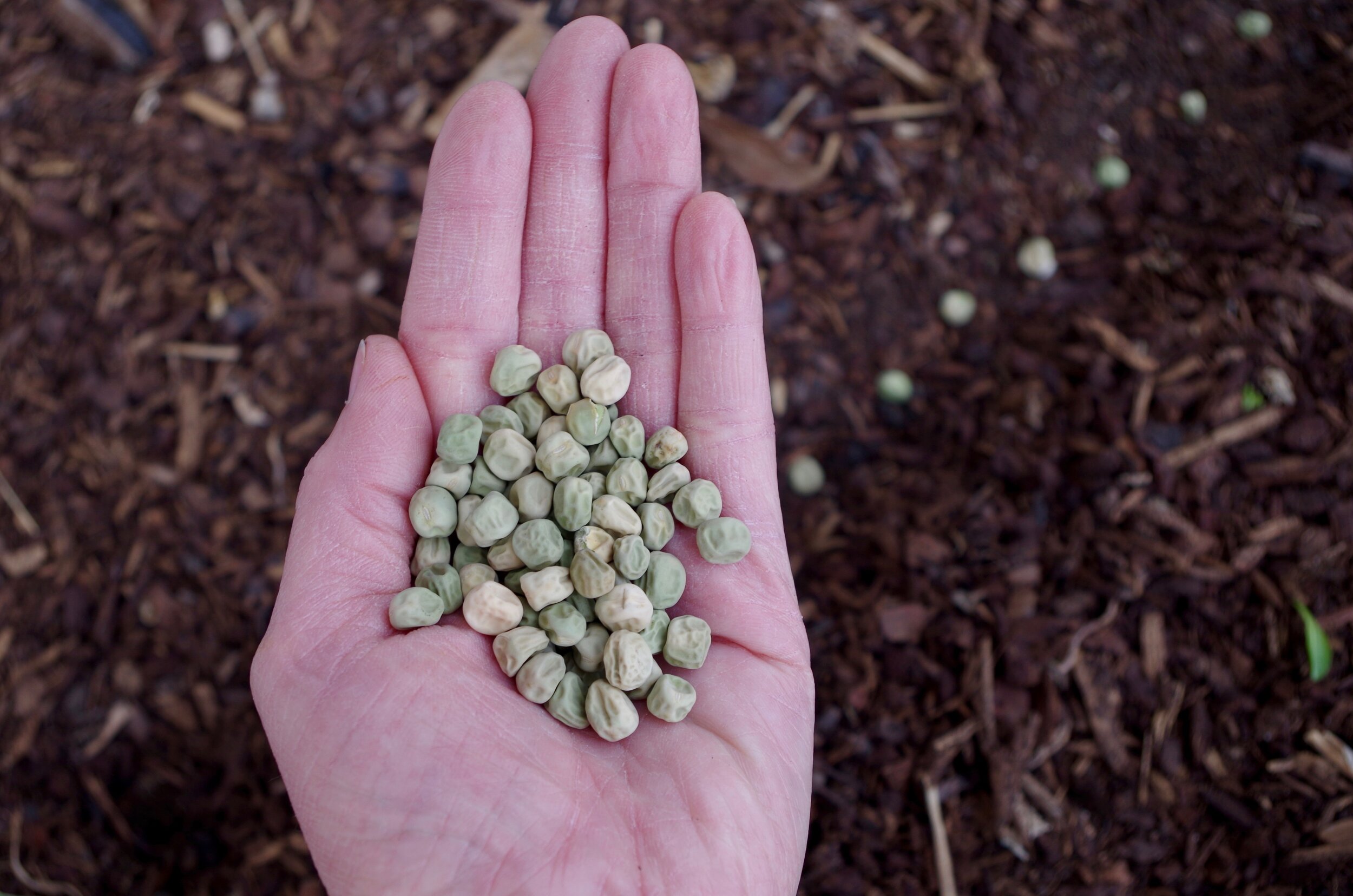
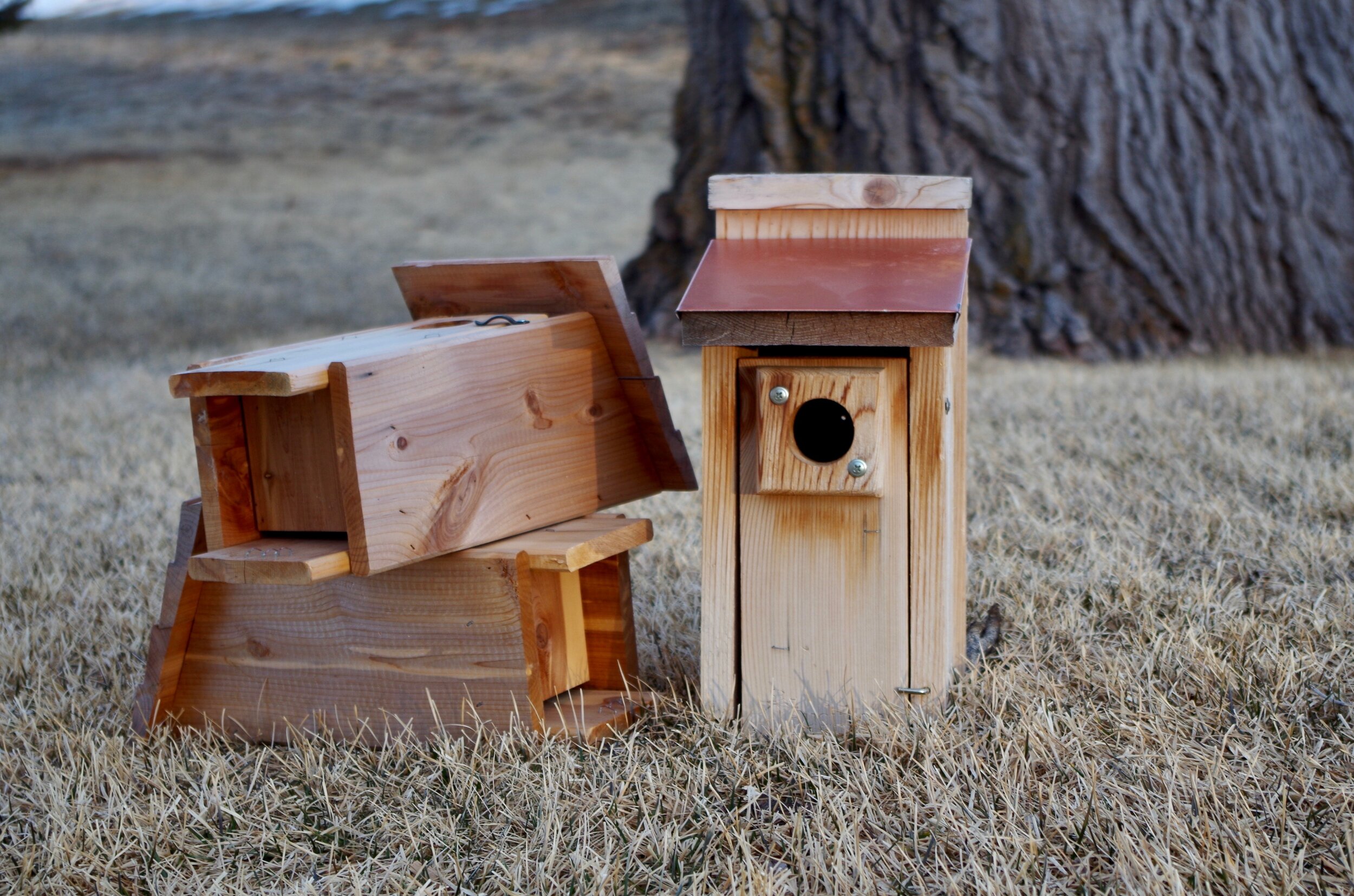
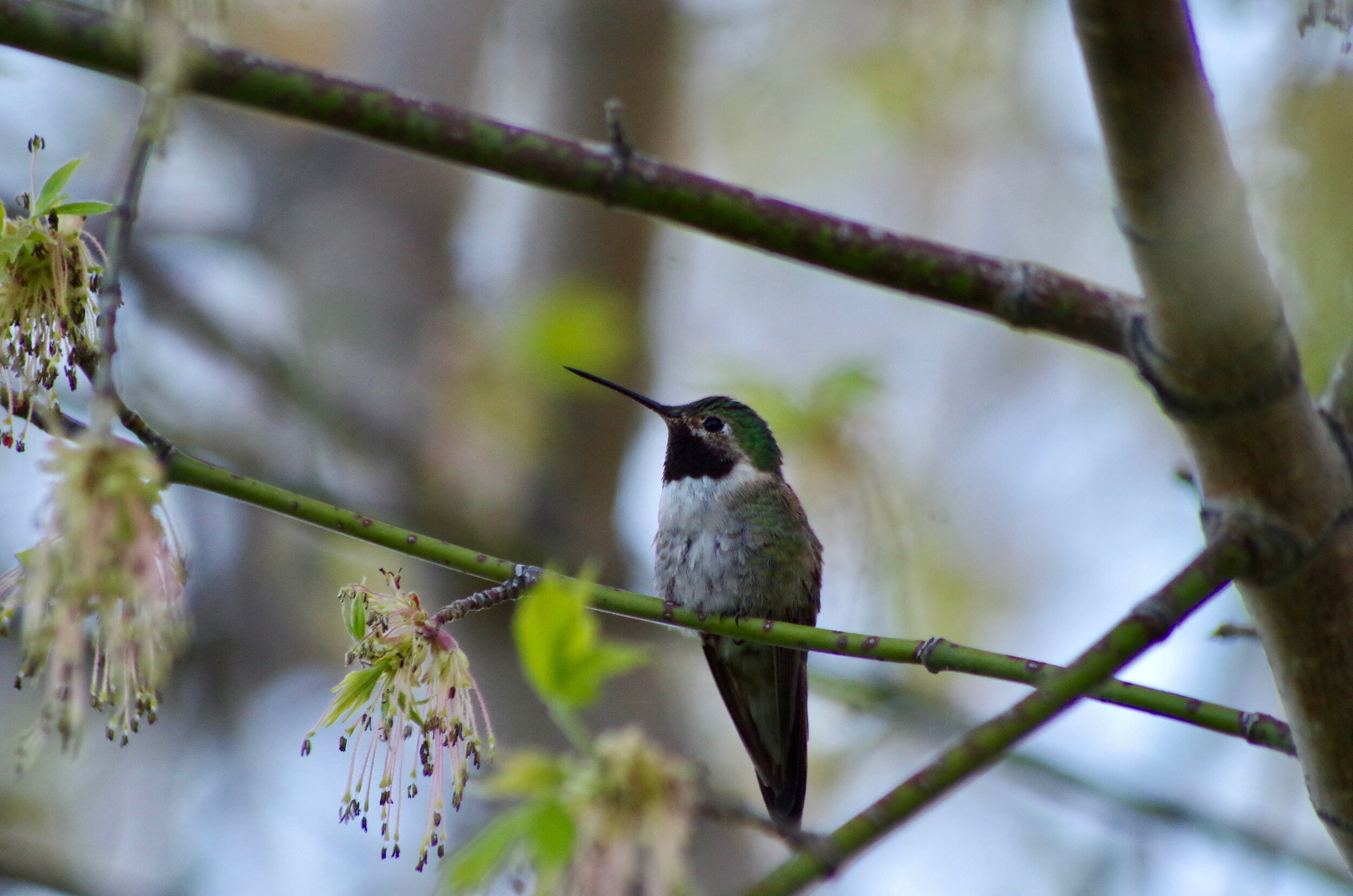
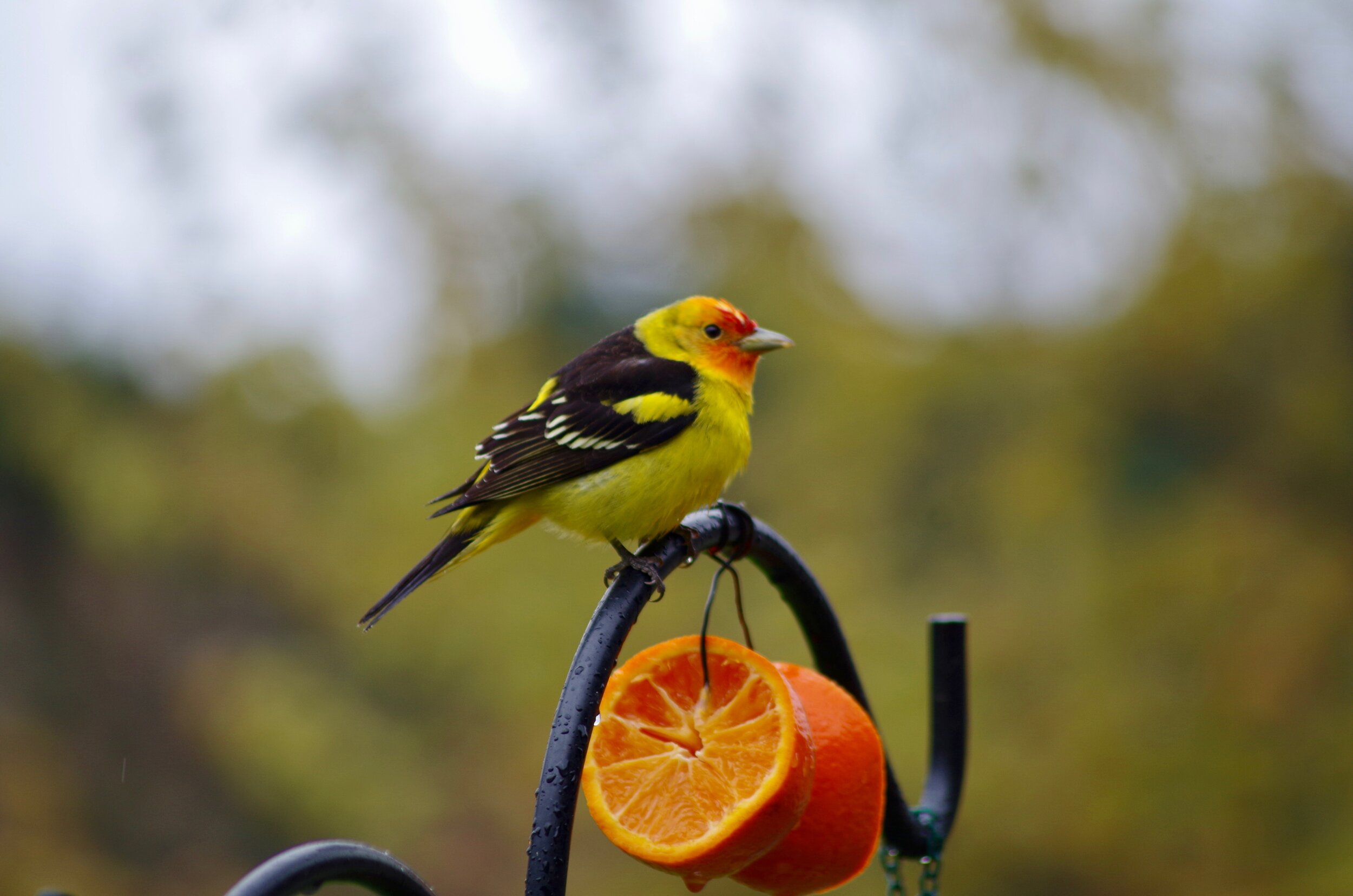
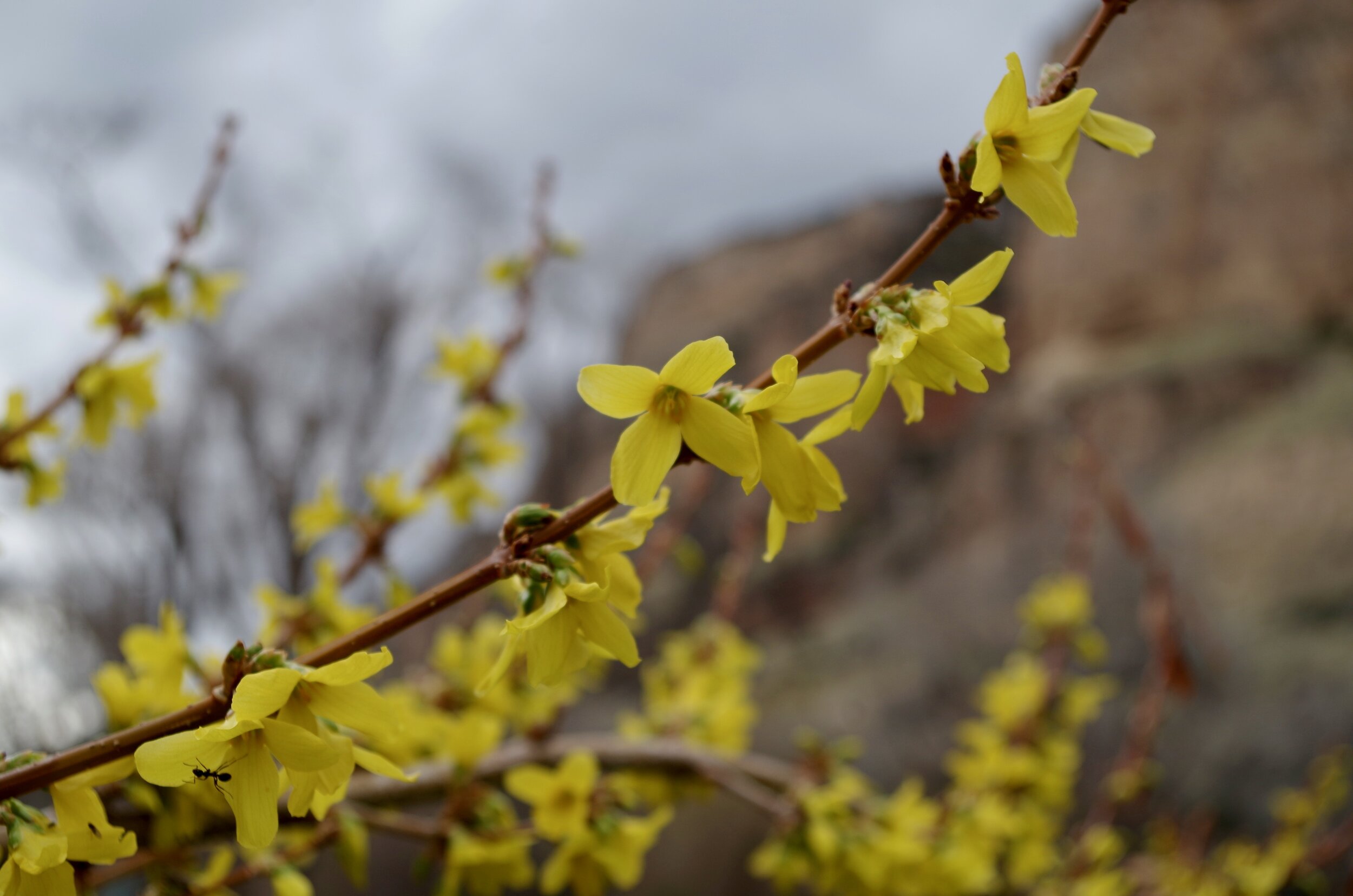
April, in the gusty garden
My garden grows in Wyoming, USDA Hardiness Zone 5a
Plant bare root fruit trees & perennials
Bare root shipments begin arriving in early April. Trees & shrubs that have not broken bud and are still winter-dormant can be planted as soon as the soil in workable. I try to plant mine ASAP so they don’t break dormancy prematurely or have any issues with roots rotting or getting moldy. Some things I will be planting this month include bare root peonies, lily bulbs, bare root apple trees, bare root elderberries, bare root viburnums, and bare root hostas.
Clean up garden beds
I wait until the first new green growth tips begin emerging in spring, before doing garden cleanup. This usually happens some time from March to April, depending on the year. Many insects overwinter in the hollow stems and leaf litter, so I try to leave as much in place for them as possible, in the fall. Some plants provide winter interest, like ornamental grasses, so I normally leave those up too. And some perennials benefit from the added winter protection of not doing fall garden clean up—this helps them to collect leaves and snow, to insulate their more tender root systems. So I like to wait until I see the first new green growth to do most of my cutback and cleanup. Also, I check the weather before doing this; if a really cold snap is in the forecast, which is not uncommon for Wyoming this time of year, I will wait until it has passed to cut back dead foliage.
Bring your seedlings outside
Whenever the weather is nice & mild, I bring my seedlings outside for a breath of fresh air and some real sunshine! I'm sure careful, though, as they can get a sunburn. Normally I start by just putting them in a shady spot for like 20-30 minutes. As the days go by however, I can slowly increase the time I leave them out, and eventually put them in some direct sunlight. By bringing them out whenever I can, they put on optimal growth and are basically hardened off come transplanting time.
Establish any new garden beds
If you are planning on expanding your garden, and growing into any new beds, now is the perfect time to get them started. The grass here is just breaking dormancy and greening up, and the soil is thawed and workable. So this is a good time to carve out new beds, remove grass, and amend the soil with some compost and organic matter to ready it for planting. This is also a great time to build and fill raised beds with soil, while the weather is still cool and comfortable to do manual labor in!
Fertilize & mulch bulbs, shrubs, perennials, etc.
Spring is a great time to fertilize and mulch your garden, while doing your general bed cleanup. I normally ensure my bulbs are emerging evenly and spread a little Espoma Bulb-Tone around them. I also check my hydrangeas, viburnums, and other fruit trees, pruning as necessary and applying some Espoma Holly-Tone or Plant-Tone around their drip lines. I apply mulch early to prevent any early-spring-emerging weeds and to insulate new growth against the remaining frosty nights. Fertilizing and mulching gets my plants off to a strong start for the growing season.
Start more seeds indoors
I sow several successions of seeds all through spring and into summer, starting in February. In early April, I sow seeds to cruciferous vegetables such as broccoli and kale. Towards the end of April, I sow seeds for some annuals—Tithonia, Salvias, Basil, Marigolds, Squash, etc.
Outdoor planting
Towards the end of April, you can sow your peas outside, as long as the soil is at least 45 degrees. I like to soak my seeds overnight before sowing them—this speeds up germination. You can also plant some more cold-hardy vegetables like kale and swiss chard, but I find that late season snow can sometimes flatten them, so if snow is called for, I try to cover each transplant with a planting pot or something like that.
Clean & hang nestboxes for the birds
The earliest birds begin to pair up around April, here, so I try to make sure my nest boxes are all cleaned out and hung in optimal spots around the property.
Nectar & oranges for the birds
My first hummingbirds get here around the first week of May, so I start hanging my hummingbird feeders towards the end of April. This ensures, if they get here a little early, they can refuel at my house. I also start putting out orange halves at my bird feeding station in April. I want to be sure to catch any oriole or tanager eyes, if they happen to stop by during their spring migration. Sometimes it takes them weeks to find them, but last year, I put out oranges on a rainy morning in late April, and they found them by the time I got back into the house! Even if you have no birds stopping by for your sugar water or orange offerings, keep the supply fresh and clean.
